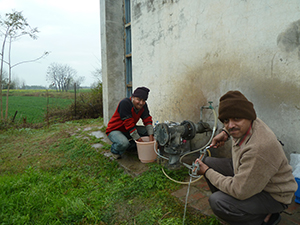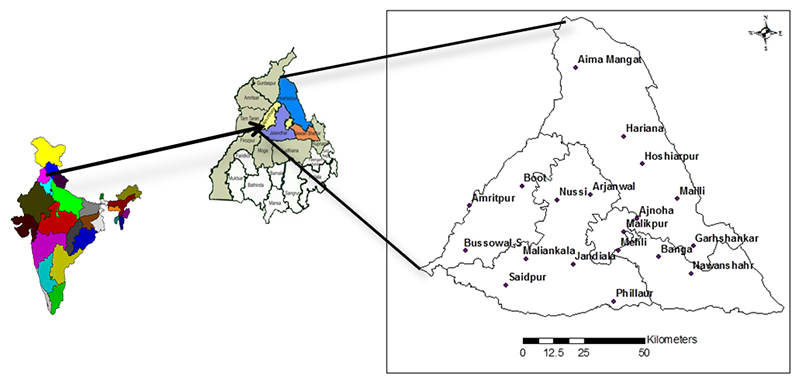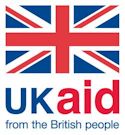Error processing SSI file
» Impact of intensive abstraction on groundwater resources
» Impact of intensive abstraction on groundwater resources
Impact of intensive abstraction on groundwater resources in north west India — case study
The aim of this study is to examine the response of groundwater in the Punjab region in north west India to current pressures of high levels of abstraction, pollution and changes in river flow, and forecast likely future trajectories.
- Download the Case Study Report
- Read the published results in Geophysical Research Letters
Key objectives
The key objectives of the case study are to:
- collate historical water level responses to abstraction
- collect new evidence on recharge processes, groundwater quality, groundwater residence times and connectivity of the layered aquifer systems and surface water by repeated sampling of shallow and deep piezometers using a suite of environmental tracers
- monitor water level variations at 60 minute intervals in shallow and deep piezometers for one hydrological year
Bist-Doab field area

Groundwater in the Bist-Doab region in Punjab in north west India (Figure 1) is heavily abstracted for drinking water and agriculture. Approximately 90 per cent of the region is irrigated using shallow (10–50 m deep) groundwater.
Work to date
- Groundwater sampling
Pre-monsoon (May 2012) and post-monsoon (October 2012) sampling from 19 pairs of shallow (10–50 m deep) and deep (>100 m) boreholes sampled across the catchment (Figure 2). The samples are analysed for full inorganic chemistry, including arsenic and salinity, groundwater residence time indicators (CFCs, sulphur hexafluoride) and recharge/source tracers (stable isotopes). - Installation of data loggers
- Deep aquifer: automatic data loggers have been installed in six newly installed monitoring boreholes within the deep aquifer (>100 m depth).
- Shallow aquifer: ten day monitoring at selected sites to investigate hydrological responses to monsoon recharge and abstraction for irrigation.
- Shallow unsaturated zone recharge tracer study
This study is focussed in the north east catchment area of the Bist-Doab region. A tracer (enriched water in deuterium and bromine) was added to selected sites at the start of the 2012 monsoon and the first profile sampling undertaken in October 2012.
Project team
The case study involves researchers from the British Geological Survey and the National Institute of Hydrology, Roorkee, India.
Contact
Contact Dr Alan MacDonald for further information.
Error processing SSI file
Project partners








